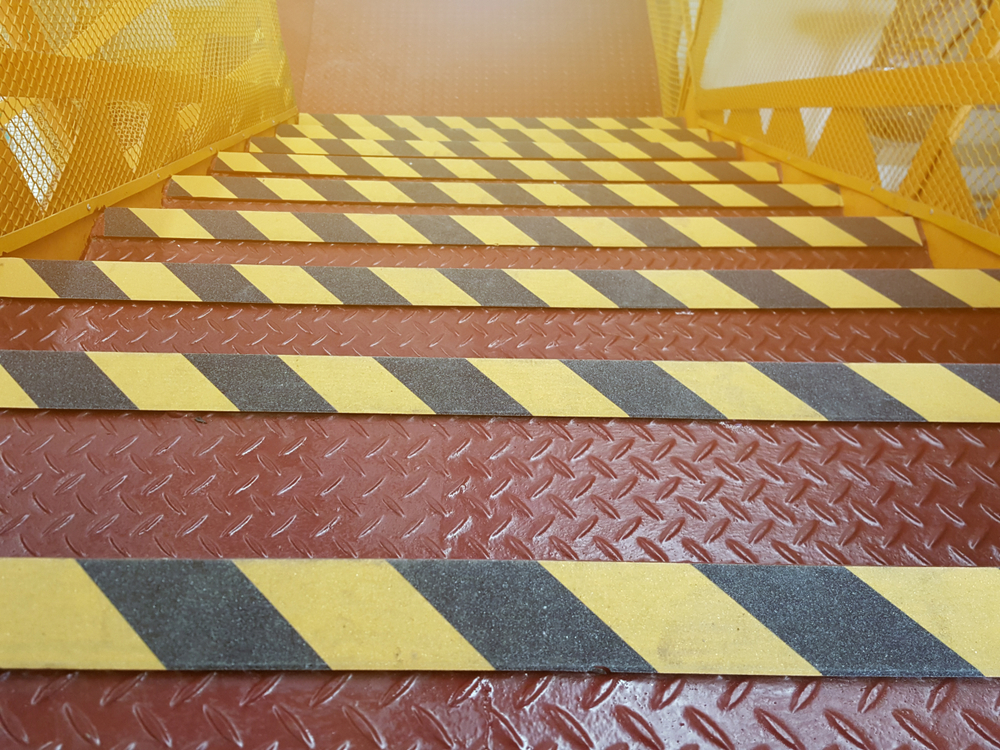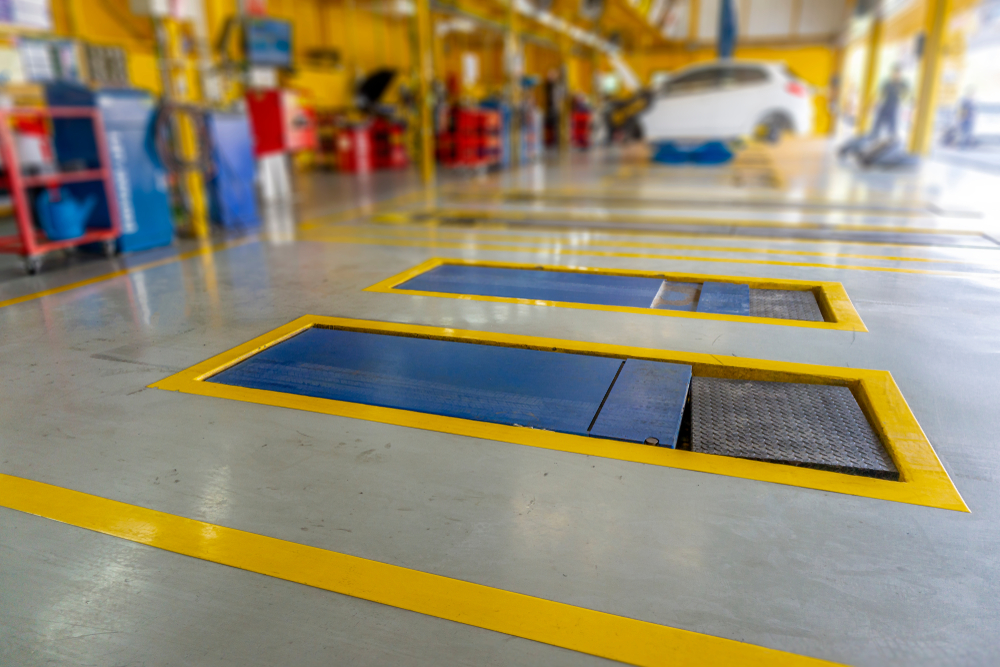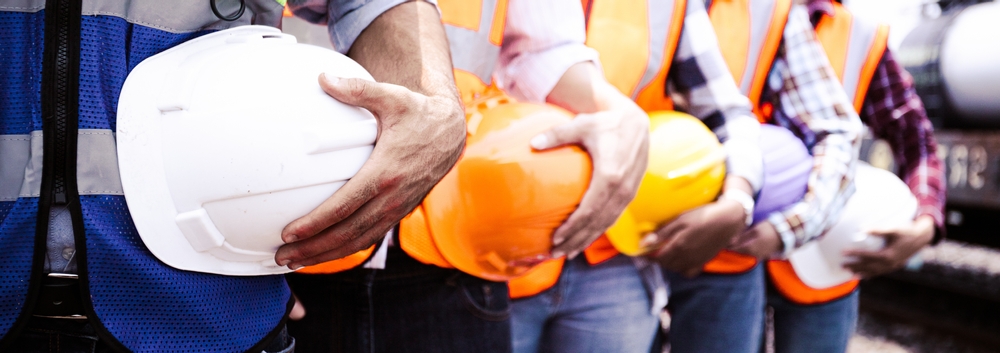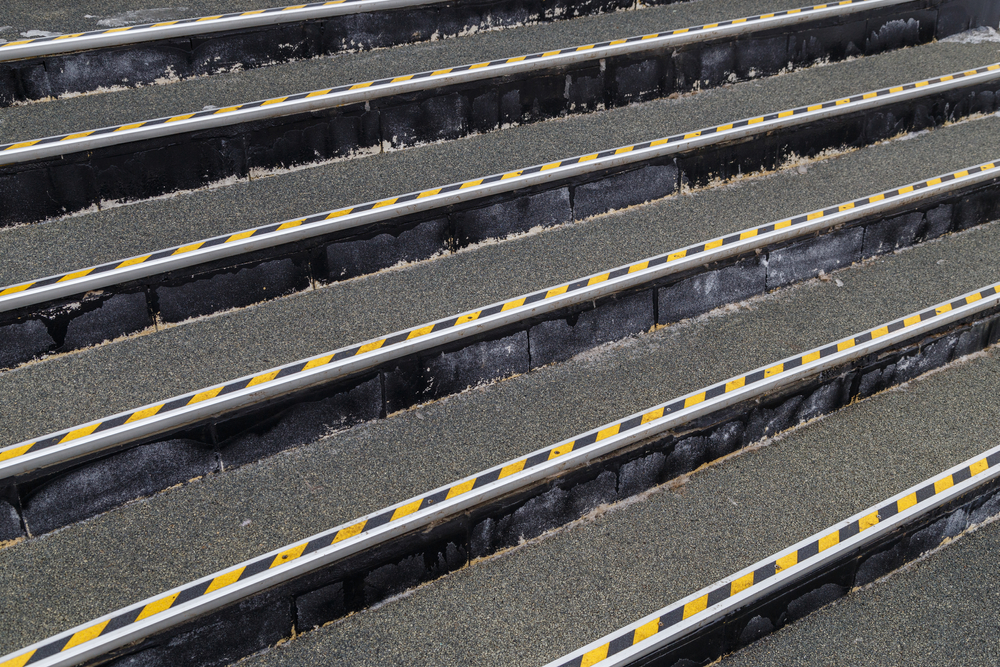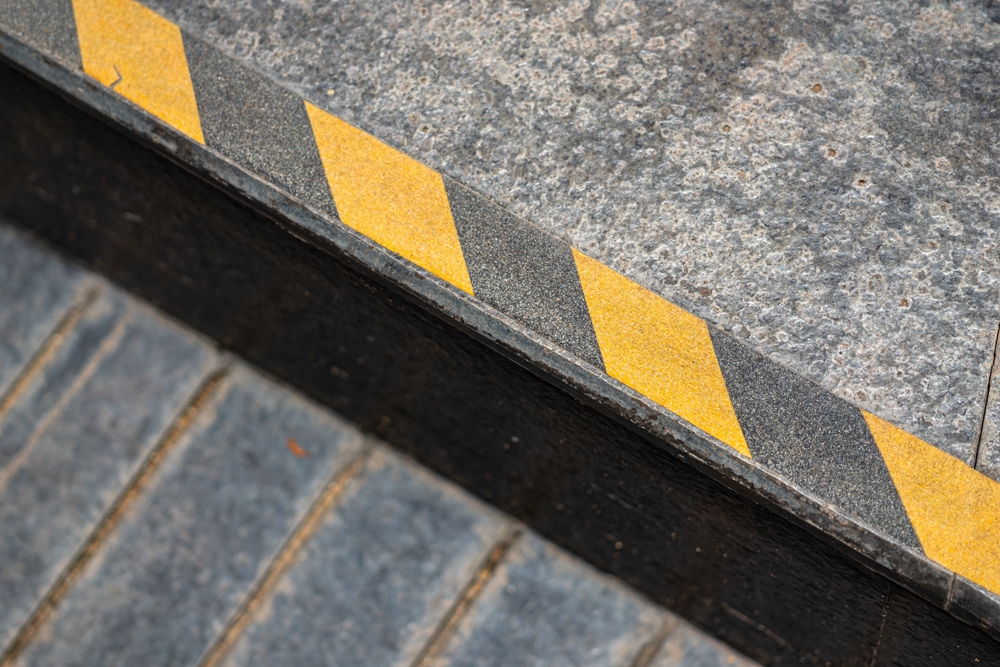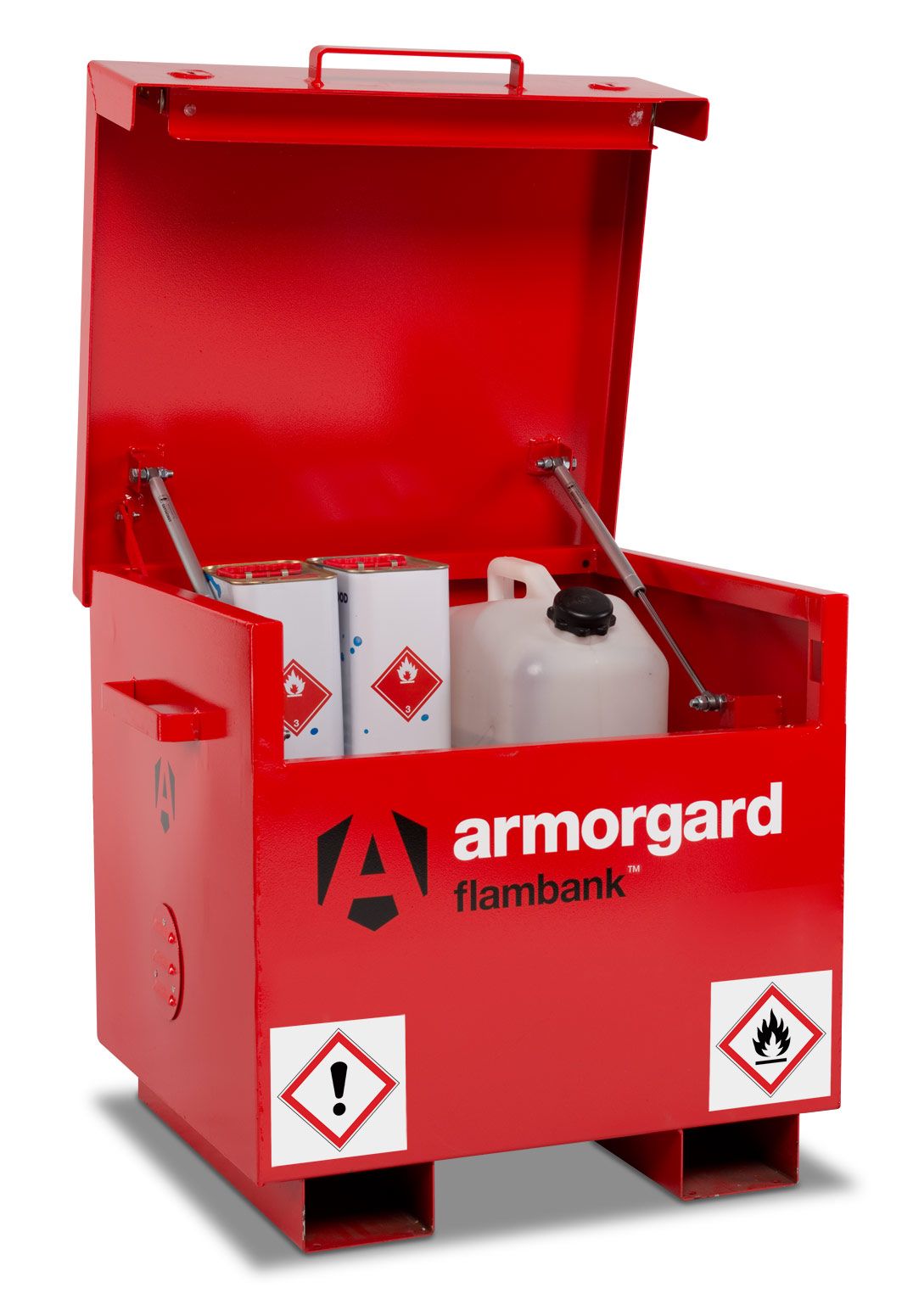Making the most of speed ramps on your site
Speed bumps, or speed ramps, are what most business owners would probably describe as a “necessary evil” in health and safety terms - they will never be the most popular addition to your site, but they will play an essential role in keeping your employees and site visitors safe.
Whether you are operating a car park or an industrial site where vehicles such as forklifts are in regular use, it’s a simple fact that speed ramps help you keep traffic speeds under control, making sure that pedestrians can use the site safely, and that you are meeting your responsibilities under health and safety laws. However, knowing when speed bumps are needed - and how best to use them - can sometimes be a little more complicated.
If you are installing speed ramps for the first time or seeking to replace them on your site, then read on for some insights from the team at SafetyBuyer on how to make best use of these essential products, based on the questions we’ve been asked most commonly by our customers.
When are speed ramps needed?
Generally speaking, we see our customers installing speed ramps on privately owned sites, such as car parks, industrial and commercial workplaces, or retail and education premises, in response to health and safety at work responsibilities and to address potential safety concerns before they arise.
When it comes to public highways, the process for understanding when to install speed ramps is very clear, with strict national guidance and local authority rules and procedures in place for the evaluation, implementation and maintenance of speed bumps on our road networks.
It can be harder for private businesses to decide when speed ramps are needed; as a rule, you should always be thinking in terms of what will be the most effective method of keeping the site safe. Speed ramps, after all, are a much more prescriptive approach to reducing traffic speeds than a simple sign or recommendation, so you will need to decide which approach is most appropriate for the needs of your premises.
What kind of speed ramps will you need for your site?
At SafetyBuyer, we sell speed ramps in 50mm or 75mm height options. These are very typical and in line with industry standards. While you might see some variations across the marketplace, 50mm ramps are widely used as 10mph solutions, and 75mm are described as 5mph solutions.
Choosing the right product for your site will depend on your specific needs and requirements. Generally, the higher 75mm ramps are used in more confined areas, such as multi-storey car parks, where vehicles are more densely packed with lots of manoeuvring, and getting speeds right down to a crawl is probably an effective choice.
On vehicle routes around sites where you want to reduce speeds but keep things moving, 50mm ramps could work better. Similarly, on a long access driveway, repeatedly navigating 75mm humps might not be necessary; combining a series of 50mm ramps with a final 75mm ramp at the destination point could provide an effective solution.
Of course, user experiences of speed ramps are always likely to vary. Different-sized vehicles will inevitably be able to negotiate the bumps at different speeds, even before you take driver behaviour into account, so you should also bear this in mind when planning your site’s layout.
Explaining the benefits of speed ramps to your workforce
As mentioned earlier, it is an unavoidable fact that speed bumps are never going to be the most popular addition to a workplace, even if they are ultimately there to keep everyone safer. As with any safety-focused intervention, the key to ensuring your speed prevention measures are respected and adhered to is via clear, open communication.
When introducing something divisive as a speed ramp within a workplace setting, some consultation, advance warning and explanation is always better than surprising people without notice. You may still get complaints, and speed ramps could exacerbate frustrations stemming from commuter traffic jams and potholed roads, but having a clear rationale for installing them - and a prepared response for low-level grumbling or vexatious complaints - is a common-sense step.
It’s also a sensible idea to pair up the new speed ramps with appropriate warning signs, which can play a really important role in managing site speeds and giving clear instruction to drivers approaching any speed ramp installations.
By taking the time to make the case for your new speed ramps, you will be able to get your employees and site visitors to modify their behaviour sufficiently to slow down to an appropriate speed to get over a speed bump without damaging their vehicle - which, in the long run, will be better for them and better for the safety of pedestrians.
Find out more
You can browse our complete range of speed ramps at SafetyBuyer online today. We provide durable, high-visibility safety ramps in various sizes and configurations, with a modular design for easy installation and relocation for all sites.
Please bear in mind that Speed ramps are heavy, and will need to be delivered via a pallet service in most cases. To find out more, or to speak to us about specific delivery instructions, contact us on 0800 043 0161 or drop us an email at sales@safetybuyer.com.
 Over 12,000
Over 12,000  Simple no quibble
Simple no quibble  Prompt dispatch &
Prompt dispatch &  UK Mainland Delivery
UK Mainland Delivery 
